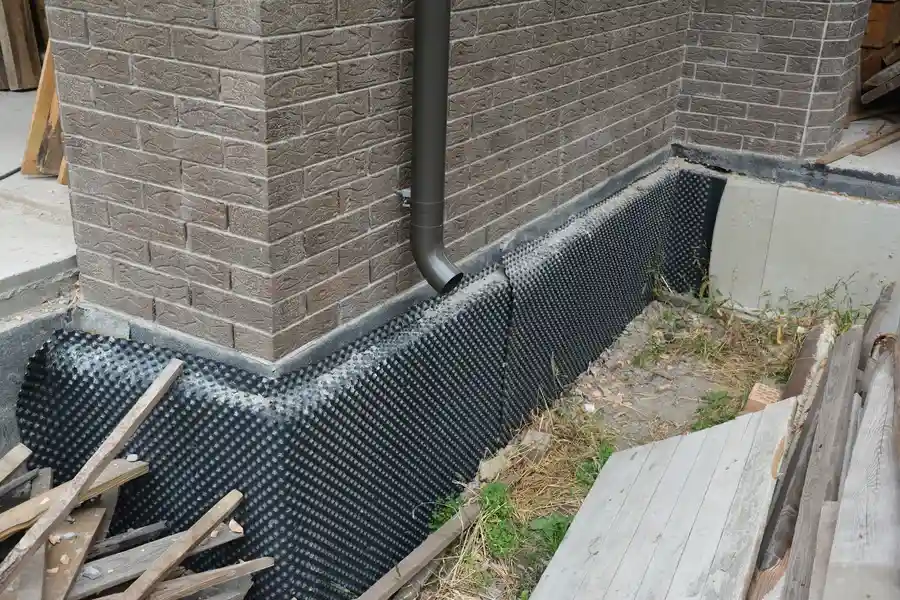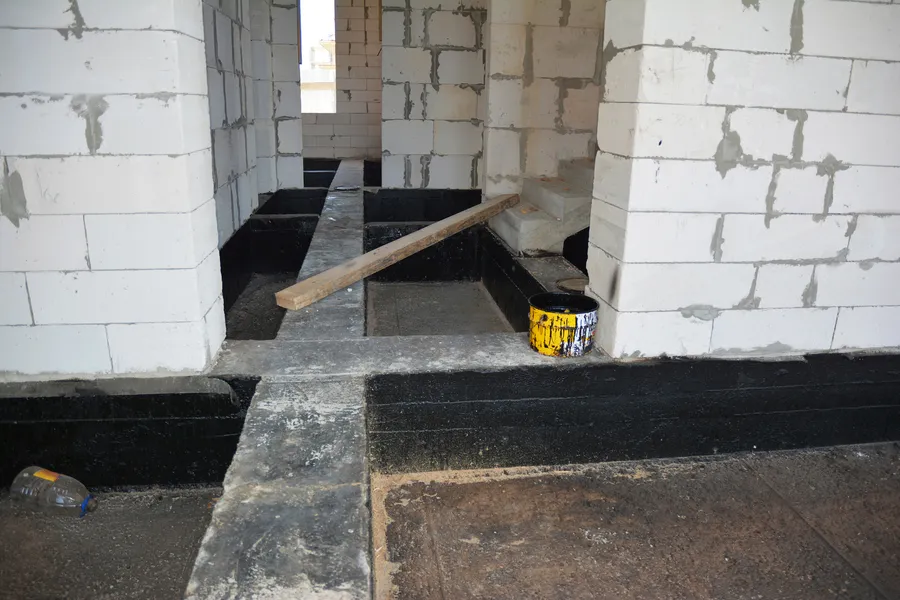The Connection Between Waterproofing and Cleaning Efficiency
Pressure washing is a popular method to clean exterior surfaces. It removes dirt, grime, and other debris effectively. However, pairing it with additional techniques can boost its effectiveness even further. One such method is waterproofing. By integrating this process, you not only protect surfaces from damage but also enhance cleaning results. Understanding how these methods work together can help you maintain your property better.
The Role of Waterproofing in Surface Protection
Waterproofing plays a crucial role in protecting exterior surfaces from water damage. It creates a barrier that prevents moisture penetration, which could otherwise lead to mold growth, mildew, or structural damage. When used correctly, exterior waterproofing helps maintain the integrity of surfaces by keeping them dry and protected from harsh weather conditions.
Improving Longevity Through Waterproofing
By applying exterior waterproofing, you extend the life of your surfaces. This protective layer reduces wear and tear caused by constant exposure to elements like rain and snow. As a result, pressure washing becomes more effective since the surfaces remain intact for longer periods. Thus, you get better cleaning results with less frequent maintenance.
Enhancing Cleaning Efficiency With Waterproofed Surfaces
Waterproofed surfaces allow pressure washers to perform more efficiently. The waterproof layer minimizes the absorption of water and cleaning solutions, making it easier to remove dirt and stains. Additionally, pressure washing over waterproofed areas ensures a consistent finish because the underlying material remains undamaged during cleaning.
Challenges Without Proper Surface Treatment
Without proper treatment, surfaces are prone to rapid deterioration after pressure washing. Water seeps into cracks and pores, leading to long-term damage. This not only affects the appearance but also increases the frequency of repairs needed. Common issues include discoloration, cracking, and erosion of materials.
Steps to Integrate Waterproofing With Pressure Washing
- Assess the surface condition for any existing damage.
- Apply a high-quality waterproofing product suited for your specific surface type.
- Allow sufficient drying time as per the manufacturer’s instructions.
- Proceed with pressure washing using appropriate settings for your surface.
- Inspect and reseal any areas if necessary post-wash.
Best Practices for Maintaining Clean and Protected Exteriors
To ensure optimal results, regular maintenance is essential. Here are some tips:
- Choose quality waterproofing products tailored to your surface needs.
- Schedule regular inspections to identify potential problem areas early.
- Avoid aggressive cleaning agents that might strip away the protective layer.
- Consult professionals for routine waterproofing applications.
Cost Considerations for Combining Techniques
The initial investment in waterproofing may seem high, but it offers long-term savings. Protecting surfaces means fewer repairs and replacements down the line. While adding waterproofing to your routine might increase upfront costs slightly, it enhances pressure washing results, thus reducing overall maintenance expenses over time.
Get Expert Help for Lasting Solutions
If you’re looking to improve your property’s exterior care, consider combining waterproofing with pressure washing. Located in Orlando, FL, I am here to assist you with these services at (689) 228-7719. At Handy Multi Service LLC, my approach focuses on achieving lasting cleanliness and protection for your exteriors.


